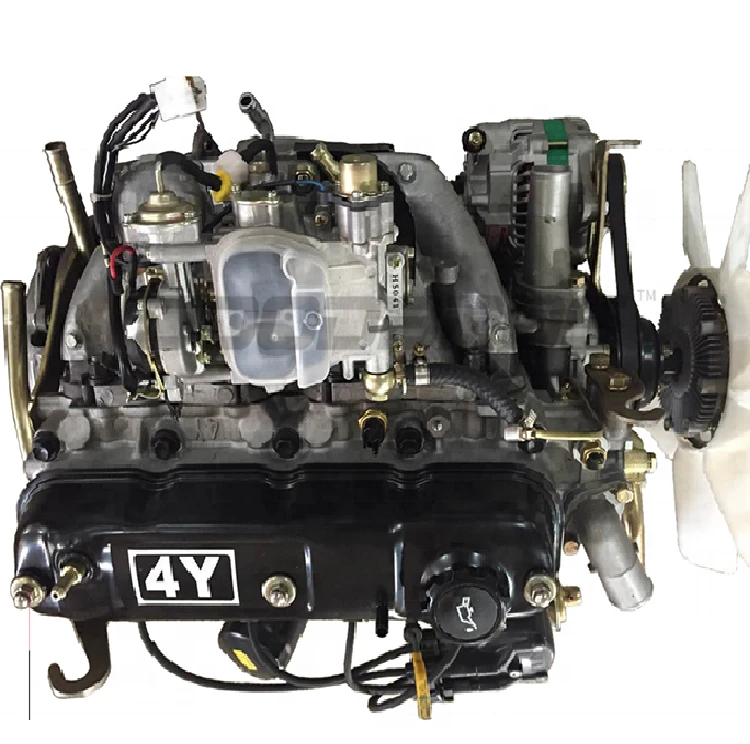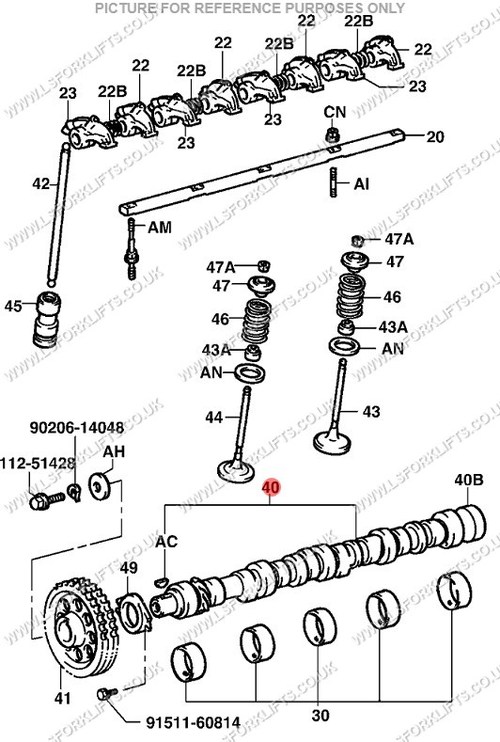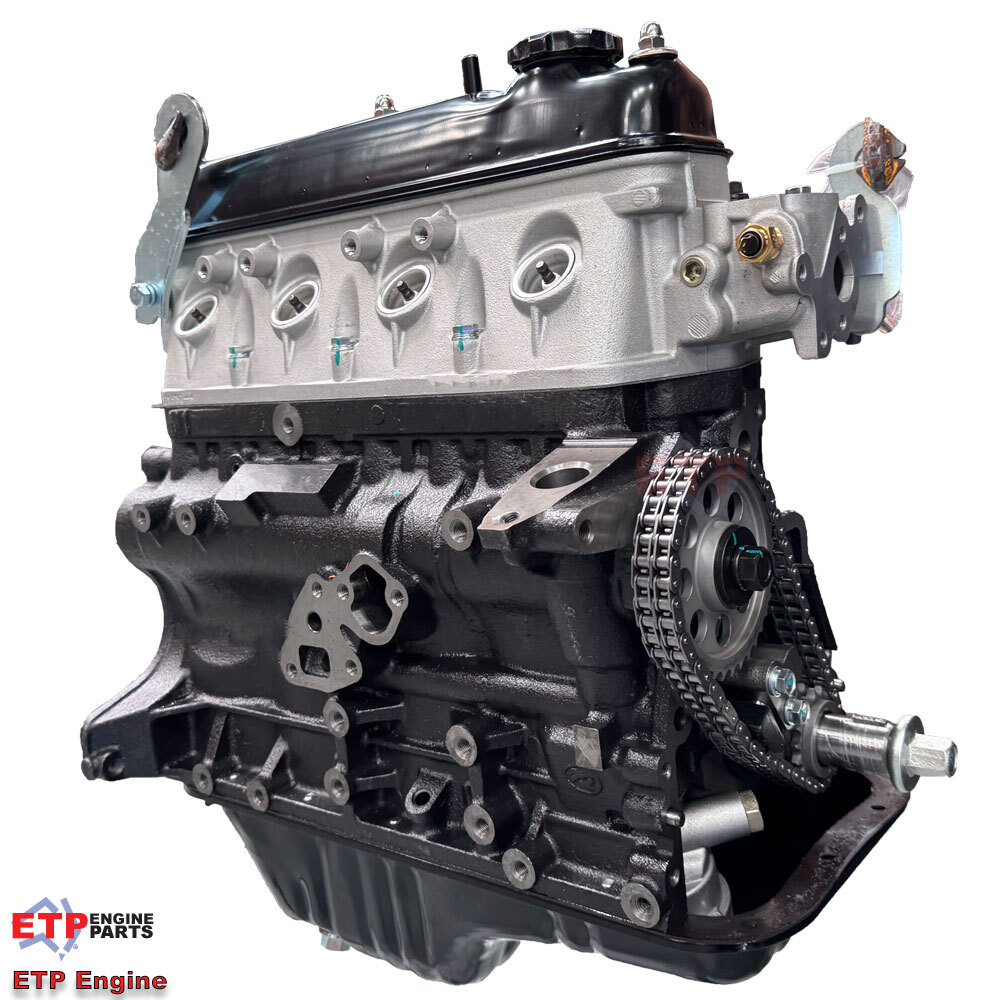How to Troubleshoot Common Issues with the 4Y Engine
Discovering the Various Sorts Of Engine: Which One Fits Your Requirements?
Internal burning engines proceed to dominate due to their reliability, while electric engines are acquiring traction for their sustainability. Crossbreed engines supply a flexible compromise, and diesel engines stand out for their power in requiring applications.

Inner Burning Engines
Internal burning engines (ICEs) are the foundation of modern-day transportation, powering a huge selection of automobiles from automobiles to planes. These engines operate the concept of transforming fuel right into power with a collection of regulated surges within a combustion chamber. The most typical sorts of ICEs include fuel engines, diesel motor, and rotating engines, each developed to satisfy particular efficiency and performance needs.
Gasoline engines normally use spark ignition, while diesel motor rely upon compression ignition, leading to distinctive differences in gas performance and power output (4y engine). Rotating engines, or Wankel engines, use a compact design and smooth procedure, yet are less commonly utilized in mainstream applications
ICEs have undertaken substantial innovations in technology, including the intro of turbocharging and gas shot systems, which enhance overall effectiveness and efficiency. In spite of their effectiveness enhancements, ICEs face enhancing examination due to their environmental impact, especially relating to greenhouse gas discharges. As the vehicle industry progresses, the future of ICEs remains a topic of debate, stabilizing efficiency, effectiveness, and environmental factors to consider. However, they proceed to play an essential role in international transport framework.
Electric Engines
As worries concerning ecological sustainability and fossil fuel dependency grow, electrical engines have actually arised as an engaging choice to interior combustion engines. These engines use electric motors powered by batteries or fuel cells, giving a cleaner and extra reliable ways of propulsion.
Among the key advantages of electrical engines is their minimized exhausts. Unlike conventional engines that shed fossil gas, electrical engines produce zero tailpipe exhausts, dramatically lowering air pollution and contributing to enhanced public health. Furthermore, the effectiveness of electrical motors commonly surpasses that of interior burning engines, converting a higher proportion of energy from the power source right into usable energy for motion.
Electric engines are likewise significant for their quiet procedure, making them ideal for urban environments. 4y engine. The simpleness of their design causes less relocating components, which can cause decreased upkeep prices and increased reliability with time
Nonetheless, difficulties remain, including battery manufacturing influences, billing infrastructure, and range limitations. Regardless of these hurdles, the expanding financial investment in electric car modern technology and renewable resource resources points towards an appealing future for electrical engines, placed to play an important duty in the shift towards sustainable transport.
Hybrid Engines
Mixing the benefits of both traditional and electric internal combustion engines, hybrid engines represent a flexible remedy in the mission for effective and sustainable transport. These engines combine a gas or diesel engine with an electric motor, permitting boosted gas effectiveness and reduced emissions compared to traditional vehicles.
Crossbreed engines run in numerous settings, making use of the electric motor for low-speed driving and the interior combustion engine for higher speeds or when even more power is required. This dynamic operation not just boosts gas economic climate however also adds to a smoother driving experience. Regenerative stopping is an additional critical function, capturing power commonly lost during stopping and redirecting it to reenergize the battery.

As consumers increasingly prioritize eco-friendliness, hybrid engines stand out as a functional option, providing a reliable balance of performance, efficiency, and ecological responsibility. This versatility makes them appropriate for urban travelling and long-distance traveling alike.
Diesel Motor
Efficiency and power are characteristics of diesel motor, which have long been favored for their effectiveness and fuel economy. These engines run on the concept of compression ignition, where air is pressed to a high temperature level before gas is injected, sparking it without the need for ignition system. This procedure allows diesel engines to attain greater thermal performance contrasted to gasoline engines, equating right into far better fuel gas mileage and lower carbon dioxide exhausts.
Diesel engines are particularly well-suited for durable applications such as trucks, buses, and industrial machinery, where torque and toughness are paramount. Their design commonly consists of more powerful components to stand up to the higher pressures created during procedure, leading to longer life span and lowered maintenance costs.

Alternative Gas Engines
While diesel motor have long dominated the landscape of heavy-duty power sources, different gas engines are getting grip as practical choices for a more sustainable future. These engines use a range of gas, such as pressed gas (CNG), hydrogen, gas, and ethanol, aiming to lower greenhouse gas discharges and reliance on fossil gas.
One considerable advantage of alternate fuel engines is their possible to reduced carbon impacts. For circumstances, CNG engines release less contaminants compared to typical diesel motor, making them ideal for urban transit systems and fleets seeking to improve air quality. Ethanol, originated from biomass, not just lowers discharges however also supports agricultural economic situations.
Hydrogen fuel cells represent an advanced advancement in this world, supplying zero-emission power through a chemical response between hydrogen and oxygen. Challenges such as framework advancement and manufacturing costs continue to be challenges to extensive adoption.
Conclusion
Inner burning engines use dependability, while electric engines prioritize sustainability and reduced upkeep. Crossbreed engines integrate the benefits of both, improving efficiency, whereas diesel engines provide superior power and torque for heavy-duty applications.
Crossbreed engines supply a functional compromise, and diesel engines stand out for their power in requiring applications. The most common types of ICEs include fuel engines, diesel engines, and rotating engines, additional info each created to satisfy details efficiency and performance needs.
Unlike standard engines that shed fossil gas, electric engines generate no tailpipe emissions, substantially decreasing air contamination and contributing to boosted public health and wellness.Hybrid engines operate in several modes, making use of the electrical motor for low-speed driving and the interior combustion engine for greater rates or when even more power is required. Hybrid engines incorporate the benefits of both, enhancing performance, whereas diesel engines supply premium power and torque for sturdy applications.